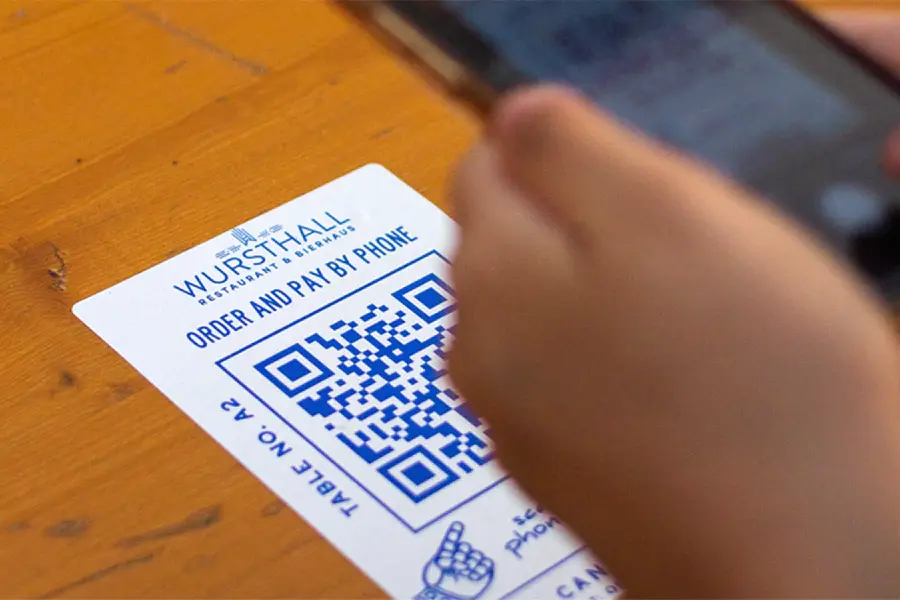Troubleshooting Common QR Code Problems and Solutions
Published on

Frustrated by a QR Code That Won't Scan? Let's Fix It.
You've created a beautiful QR code, printed it on 5,000 brochures, and now you're getting reports that it's not scanning. Don't panic! Most QR code failures are caused by a handful of common, easily fixable issues. This QR code troubleshooting guide will walk you through the most frequent problems and their solutions, helping you diagnose and resolve issues quickly, whether you're a user or a creator.
By understanding what can go wrong, you can ensure your QR codes are reliable and effective every single time.
Problem 1: The QR Code is Not Scanning at All
Potential Causes & Solutions:
- Insufficient Quiet Zone: This is the #1 culprit. The empty margin around the code is critical. Solution: Ensure your design includes a margin of at least 4 modules (the small squares). In QRDesigner.com, use the "Margin Size" setting.
- Poor Contrast: The scanner can't distinguish the code from the background. Solution: Always use a dark color on a very light background. Avoid light-on-dark or similar color schemes.
- Damage or Poor Print Quality: The code is blurry, pixelated, or scratched. Solution: For print, always use a high-resolution vector file (SVG). Ensure the print is sharp and on a smooth, non-reflective surface.
- Camera Out of Focus: The user's camera is too close or too far. Solution: Hold the camera steady and move it slightly closer or further until the code comes into focus.
Problem 2: The QR Code Scans but Leads to an Error
Potential Causes & Solutions:
- Broken or Incorrect URL: The link encoded in the QR code is dead or has a typo. Solution: For static codes, you must regenerate and reprint. Always test the final URL before mass printing. For dynamic codes, log in and check/update the destination link.
- URL is Case-Sensitive: Some web servers treat uppercase and lowercase letters differently. Solution: Ensure the URL you encoded uses the correct case. When in doubt, use all lowercase.
- Special Character Encoding: URLs with spaces or special characters can break if not formatted correctly. Solution: Use "URL encoding" (e.g., a space becomes `%20`) or use a URL shortener to create a clean, simple link.
Problem 3: The QR Code is Too Dense or Complex
Potential Cause & Solution:
If you've encoded a huge amount of data (like a very long URL or a massive vCard), the QR code becomes a very dense, complex pattern that can be difficult for some cameras to read, especially at small sizes. Solution: For long URLs, use a URL shortener (like bit.ly) before generating the QR code. For large amounts of text, consider hosting the content on a webpage and linking to that page instead.
Problem 4: The Code Scans but Doesn't Trigger the Right Action
Potential Cause & Solution:
You may have selected the wrong QR code type. For example, you used a "Text" code but expected it to open a website. Solution: When generating the code, double-check that you've selected the correct format (URL, vCard, Wi-Fi, etc.) on your QR code generator.
Problem 5: User-Based Issues
Sometimes, the problem is on the user's end.
- No Internet Connection: URL, Wi-Fi, and vCard codes require a data connection to work. Solution: Ensure the user is connected to the internet. (Note: Plain Text QR codes work offline).
- Outdated Scanner App or OS: An old phone or app might have trouble with modern QR codes. Solution: Encourage users to use their phone's native camera app, which has a built-in, up-to-date scanner.
- Dirty Camera Lens: A smudged lens can blur the code. Solution: Wipe the camera lens clean.
Your QR Code Troubleshooting Checklist
- ✅ Check the quiet zone (margin).
- ✅ Verify high contrast (dark on light).
- ✅ Test the URL in a browser before printing.
- ✅ Use a high-resolution file (SVG for print).
- ✅ Simplify the data with a URL shortener if needed.
- ✅ Test the final printed/branded code on multiple devices.
Conclusion: A Little Testing Prevents Big Headaches
Most QR code troubleshooting boils down to a few principles: design for scannability, test your links, and use the right file format. By following the best practices outlined in this guide, you can create QR codes that are not only beautiful but also incredibly robust and reliable.
Want to create trouble-free QR codes from the start? Use QRDesigner.com. Our tool automatically handles margins and provides high-quality downloads, setting you up for success.
